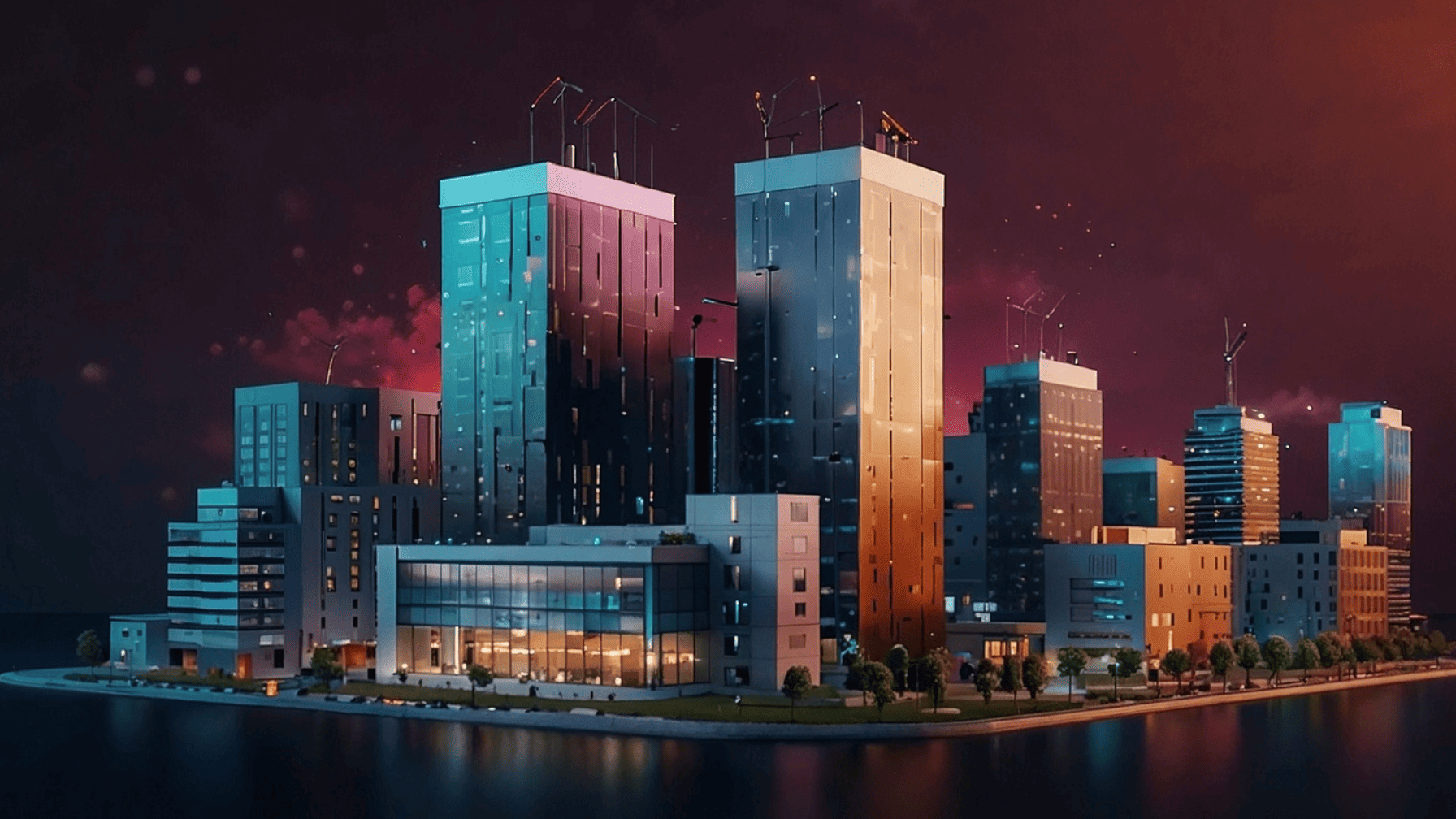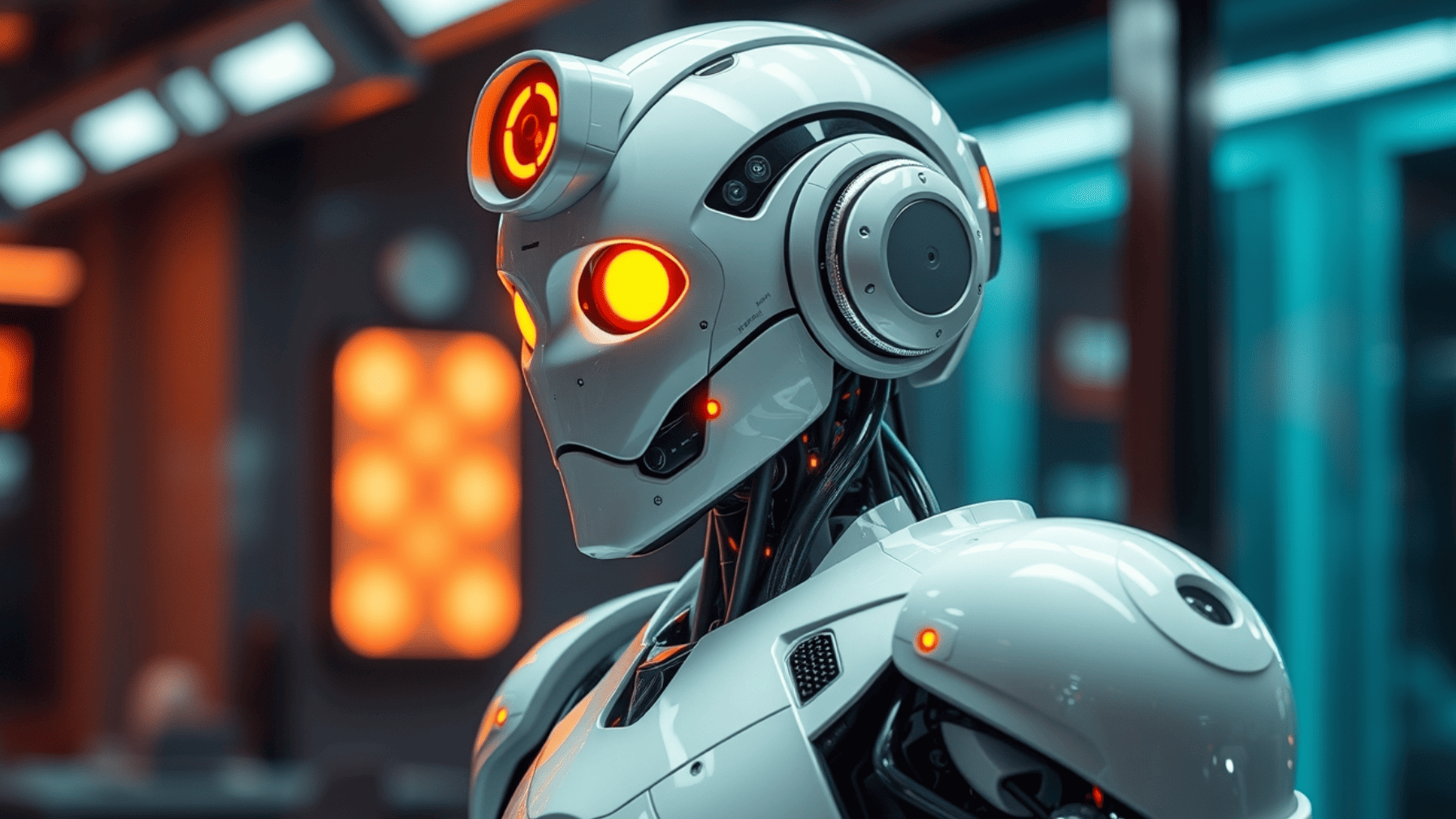Technology can be a double-edged sword. Use it wisely, and it can transform and streamline your business processes; misuse it, and it can backfire. It’s no wonder that businesses’ success lies in their ability to adapt and adopt technology to keep up with the rest of the world.
Though embracing technology seems to be the way to go these days, we often overlook the hurdles businesses have to tackle and how circumnavigating them can be more challenging from one sector to another.
This article provides a high-level overview of factors hindering companies from adopting technology in various sectors and how it impacts their business processes and sectors. Let’s dive in.

Photo by Randall Bruder on Unsplash
Barriers to technology adoption by sector
This section intends to highlight which industries need particular attention in technology adoption and the specific challenges each faces.
Healthcare
The pandemic became a wake-up call about how crucial the healthcare sector was and still is. As reported by Accenture, over 80% of healthcare leaders worldwide have adopted digital transformation, emphasising the incorporation of tech innovations, including electronic health records and artificial intelligence, into telemedicine. However, it comes along with adoption challenges.
One of the main restraints is data integration and interoperability. There seems to be a communication disconnect between the diverse EHRs (electronic health records) and health IT applications. This slows down healthcare systems' integration and sharing of data to access patient records from multiple systems, hence affecting the quality of diagnosis, treatment, and, ultimately, patient care.
Construction
Though we don’t see it daily, construction has gone a long way from blueprint papers and hammers. The sector has enhanced workflow with technologies such as 3D modelling software and IoT sensors on equipment. Despite standing the test of time, construction companies now face the effects of being one of the slowest sectors to go digital and innovate.
Navigating regulatory compliance has been a significant hurdle for the sector, as companies must adhere to strict guidelines on safety, data governance and quality standards. Numerous factors dictate which regulations can affect your operations and even solutions.
For instance, IoT devices on construction machinery and tools enhance worker safety. However, companies must also conform to local data privacy and system security regulations. This means investing in fortified cybersecurity infrastructure and proper staff training is necessary for the sector to innovate.
Hospitality
Technology has revolutionised the guest experience, from mobile check-ins to smart room controls, and it has also redefined the standard of 5-star service and experience. AI has also slowly taken over customer personalisation and profiling by analysing browsing behaviour to predict customer preferences and provide tailored recommendations.
Despite this, top hospitality leaders state that a gap-bridging process is still required to enable businesses to compete. One of the most significant challenges in compliance and cybersecurity is that companies must monitor and carefully heed protocols and policies, especially when managing customer data such as payment and personal information.
As industries worldwide take the stand against cyber threat actors, investing in a robust cybersecurity system is critical to mitigating long-term damages, including the brand image. Any data leak can lead to distrust and idle time until the breach is rectified.
Food Delivery
Food delivery, which falls under logistics and transportation, has changed dramatically over the last few years. Its global market network has tripled to over $150 billion since 2017 and continues to grow, especially during the pandemic. This sector was the lifeline restaurants worldwide needed when in-person dining was out of the question during lockdowns.
Now that the economy has been awakened since COVID-19, the sector continues to evolve and face emerging challenges associated with its growth alongside technological advancements.
Legacy infrastructures (outdated systems and previously used tech) can be a significant hindrance due to their lack of flexibility to be compatible with and adapt to new technologies. This is where Pandabox, a software system tailored for food delivery by Lab42, can help. IT system integrations with increasingly modern technologies may be complex, but they don’t have to be.
Resistance to change is another common barrier to growth, as it’s natural for employees to fear job replacement due to automation. However, automation doesn’t necessarily equate to job replacement; it’s more of job transformation, where employees can now focus on more critical core tasks or functions instead of mundane, repetitive tasks. Communication, empathy, and patience are vital to ensuring a smooth transition.

Conclusion
Technology is no longer optional—it’s a key driver of growth, efficiency, and competitiveness across all sectors. While challenges like legacy systems, regulatory compliance, and employee adaptation can slow adoption, businesses that proactively embrace digital tools position themselves to thrive. From healthcare and construction to hospitality and food delivery, each industry faces unique hurdles, but the right solutions—such as Lab42’s Pandabox for logistics and delivery—can simplify integration, optimize processes, and enhance customer experiences.
Ultimately, success lies in viewing technology not as a threat, but as an enabler: a way to streamline operations, empower employees, and deliver superior value to customers. By acknowledging barriers and taking deliberate steps to overcome them, businesses can turn digital transformation into a lasting competitive advantage.
Lab42 stands ready to guide companies through this transition, helping them harness technology effectively and future-proof their operations.
Key Benefits of Food Delivery Software
- Real-time order tracking with GPS
- Optimized delivery routes and automatic order distribution
- Data-driven decisions to adjust menus and pricing
- Enhanced transparency and customer trust
- Operational efficiency at a fraction of the cost








